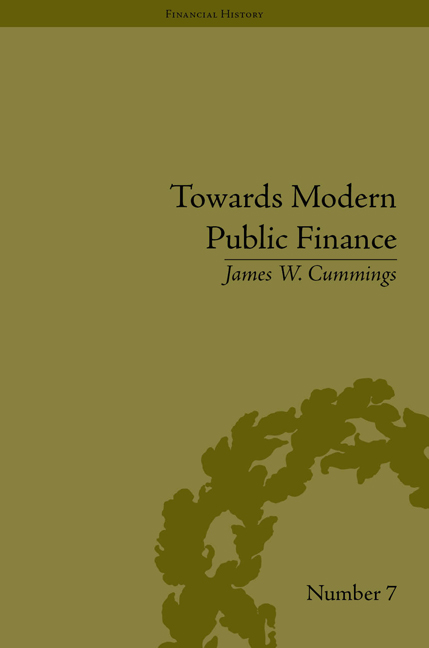Book contents
- Frontmatter
- CONTENTS
- List of Tables
- Introduction
- 1 Financial and Economic Background
- 2 Ideology, Revenue and Financial System
- 3 The Loan of 1846
- 4 The Loan of 1847
- 5 Mexico's Finances
- 6 Making War Pay: The Mexican Assessments
- 7 The Independent Treasury at War
- 8 The Loan of 1848
- 9 Mexican Indemnity and Bounty Land
- Conclusion
- Notes
- Works Cited
- Index
3 - The Loan of 1846
- Frontmatter
- CONTENTS
- List of Tables
- Introduction
- 1 Financial and Economic Background
- 2 Ideology, Revenue and Financial System
- 3 The Loan of 1846
- 4 The Loan of 1847
- 5 Mexico's Finances
- 6 Making War Pay: The Mexican Assessments
- 7 The Independent Treasury at War
- 8 The Loan of 1848
- 9 Mexican Indemnity and Bounty Land
- Conclusion
- Notes
- Works Cited
- Index
Summary
Since the American government lacked sufficient cash and current revenues to sustain a major war, loans were essential. Responsibility for authorizing the loans, determining their size and setting general parameters such as interest rates, length and terms of redemption lay with Congress. The administration supplied estimates of its financial needs and made recommendations. Neither Congress nor the administration had a master financial plan. The need for funds was evaluated yearly and depended chiefly on the resources needed to overcome Mexico's resistance. Before the war ended three loans, those of 1846, 1847 and 1848, were approved and sold. Both Congress and the administration drew upon the experiences of the War of 1812 and the financing of the 1837–42 deficits. However, each new loan was crafted to make the issue more saleable in light of current market conditions. After approval it was the Treasury's responsibility to dispose of the loan on the best available terms.
Secretary Walker's first effort, the $10 million loan of 1846, proved to be an embarrassing experience. The initial results were either mixed or outright failures. In August 1846, the Treasury began to issue treasury notes bearing a nominal interest rate of one mill to government creditors and suppliers. Neither these notes, nor subsequent ones bearing 5.4 per cent, served the government's purpose since they were used to pay public dues and rapidly returned to the Treasury. The failure of the treasury notes was followed by an unsuccessful attempt to negotiate a 5 per cent loan with New York bankers. Following this rebuff, Walker's problems were further compounded by his inability to sell $3 million in notes in a public offering. Finally, Walker realized that cooperation between the Treasury and financial community was essential. With the assistance of the leading investment bankers, a $5 million issue of 6 per cent ten-year bonds was successfully marketed in November and December of 1846. The money was needed to fund an enormous increase in the army and navy.
- Type
- Chapter
- Information
- Towards Modern Public FinanceThe American War with Mexico, 1846–1848, pp. 43 - 68Publisher: Pickering & ChattoFirst published in: 2014

